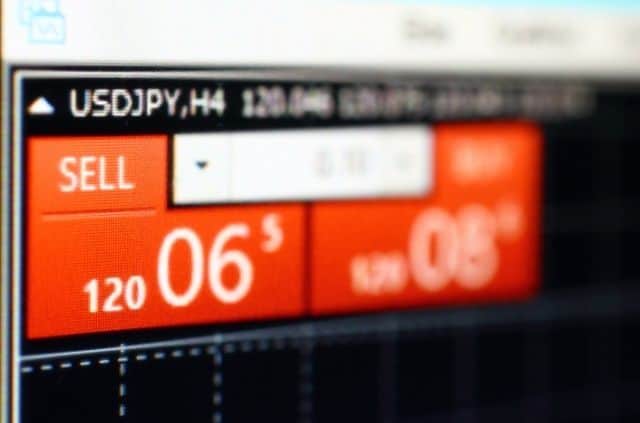Trading Styles for Every Taste
People have favorite cars, films, foods, sports teams, and colors. Why not favorite trading styles?
In fact, most of the active securities traders out there do have a preferred way of doing business. In this case, doing business means predicting the direction of the market.
That’s the bottom-line goal of every style, regardless of its time frame or other characteristics. Here’s a brief look at the three, who uses them, and the advantages of each one.
Fundamental Analysis Techniques
Fundamental trading methods are a favorite of long-term investors. Its key advantage is that it digs deep into real, verifiable information about a company. Portfolio managers who deal with retirement accounts and institutional asset accumulation often use FA exclusively.
What is it and how does it work? The main goal of FA is to figure out the intrinsic worth of a company’s stock shares, or any other kind of security, like bonds, options, etc. Adherents examine all the various economic forces that potentially impact the company and its financial statements.
Some of the key factors involved in a typical fundamental study include things like the overall economy, corporate management teams, balance sheets, income statements, the company’s organizational setup, current growth in the pertinent industry, and important products the company expects to bring to market in the near future.
It’s also important to note that there are two basic varieties of FA, the qualitative approach and the quantitative. Those who prefer the former will focus on non-numerical data like the company’s management staff, the value of the brand, the performance of the company, and pending lawsuits against the organization.
The quantitative analysis encompasses all the measurable, numerical information, like earnings per share, the number of shares issued, financial statement data, and others. There’s a goal for FA practitioners, and it’s to discover the true, intrinsic value of the shares, rather than what FA folks call the selling price or prevailing value.
Price Action Trading
If you want to look at things on a microscopic level, minute by minute, then PA trading is probably your style. PA traders do something very simple in they study the ups and downs of price value as it moves from second to second.
They’re literally watching the clock, so to speak. Its advantage is that it’s as up to date as you can imagine. Plus, its believers say that there’s no better way to predict short-term fluctuations.
All the indicators that TA people love so much are built directly from price action data. Pit traders for big firms and independent day-traders use PA almost exclusively to discern patterns that might predict a breakout or pullback.
A typical example might be predicting that prices are about to fall after two run-ups to a daily high point, and then failed to hold at that point.
The three most common terms you’ll hear a PA enthusiast use are breakout, trend, and reversal. There’s a sort of philosophy behind the method, and believers often point it out to doubters. It’s that the current price of a security at a given moment in time is the best measure of its true worth.
The Many Faces of Technical Analysis
Those who prefer timeframes that are shorter than the long-term often turn to technical analysis for clarity. Again, few people use just one method exclusively, but most tend to gravitate toward their favorite. For these practitioners, chart pattern analysis is a key concept.
In fact, these folks are often called chart traders, which is a fair description of their main tactic. So, what is TA and what are its advocates trying to predict? Generally speaking, these advocates attempt to predict the future movement of prices based on historic information and market data of all kinds, primarily pricing and volume. They blend quantitative analysis with economic principles and psychology.
In fact, there are two major divisions within the discipline. Along with those who focus on chart patterns, there are TA devotees who spend most of their time working with technical indicators, also called statistical indicators.
The bread and butter value of this is in its use of indicators to predict the future or at least get a good idea of what the near-term holds. When these investors use things like simple moving averages, they are often attempting to find good entry and exit points for a transaction.
Here’s one example: using the 200-day and 50-day SMA of the price data for shares of XYZ Corp. stock, we can find possible entries and exits. When the 50-day line crosses above the 200-day, that’s our cue to buy. The implication is that the trend is headed upward.
Then, when that same 50-day line crosses back under the 200-day, it’s time to sell or get out of our position. TA has the advantage of being objective and not allowing for a lot of guesswork. People who like to create rules-based programs love it, and it often works well in trending markets.








